Research Highlights 2017
Generic Properties of Stochastic Entropy Production
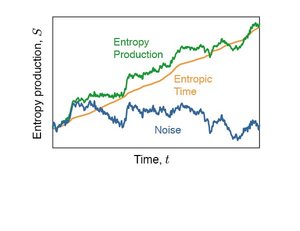
We present a stochastic differential equation for the time evolution of entropy in Langevin processes. We show that entropy fluctuation exhibit universal properties which are a conse-quence of a simple stochastic time transformation.
S. Pigolotti, I. Neri, É. Roldán and F. Jülicher
Phys. Rev. Lett. 119, 140601 (2017)
[PDF (651 kB)]
Mechanics of Active Surfaces
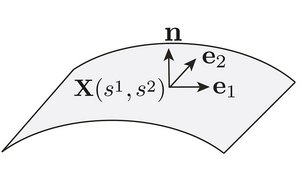
Active matter is driven at molecular scales away from thermodynamic equilibrium by energy transfusing processes. The theory of bulk active matter is well developed and reveals uncon-ventional material properties and the emergence of active stresses. Here we study active matter that is organised in thin films or sheets that are embedded in three dimensional space. We derive a general theory of the mechanics and the material properties of active surfaces that can account for the interplay of active mechanics and surface deformations.
G. Salbreux and F. Jülicher
Phys. Rev. E 96, 032404 (2017)
[PDF (1 MB)]
Droplet Ripening in Concentration Gradients
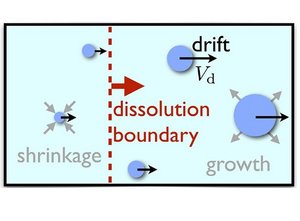
We investigate the collective dynamics of droplets that undergo ripening in a spatially inho-mogeneous system. As a result of a supersaturation gradient we find novel and unexpected behaviours that differ fundamentally from the classical ripening scenarios. A key results is that droplets can narrow their size distribution and reach almost equal sizes. As a conse-quence of equal droplet sizes, ripening transiently arrests.
C. Weber, C. F. Lee and F. Jülicher
New J. Phys. 19, 053021 (2017)
[PDF (676 kB)]
Controlling Contractile Instabilities in the Actomyosin Cortex
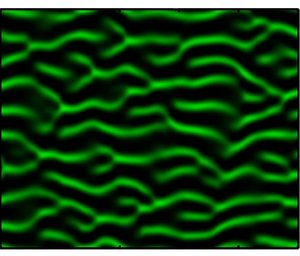
The actin cortex is a thin layer of an active material below the cell membrane. The contracting cortex forms dynamic foci, which is a signature of contractile behaviour. We find that feedback between chemical signals and force generation induces a contractile instability. We discover that a pacemaking oscillator controls this instability, generating a pulsatory pattern of foci. Our work reveals how contractile instabilities that are natural to occur in mechanically active media can be biochemically controlled to robustly drive morphogenetic events.
M. Nishikawa, S. R. Naganathan, F. Jülicher and S. W. Grill
eLife 6:e19595 (2017)
[PDF (9,5 MB)]
Triangles Bridge the Scales: Quantifying Cellular Contributions to Tissue Deformation
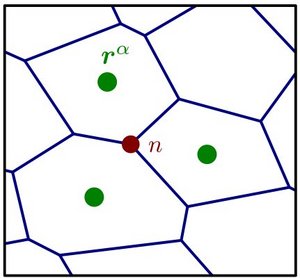
We present an exact decomposition of tissue deformations in contributions that stem from a distinct cellular processes. This decomposition is based on a triangulation of the poly-gonal cellular network. It allows us to quantify how cell shape changes, cell neighbour exchanges, cell divisions and extrusions contribute to anisotropic tissue deformations in the developing fly wing.
M. Merkel, R. Etournay, M. Popovic, G. Salbreux ,S. Eaton and F. Jülicher
Phys. Rev. E. 95, 032401 (2017)
[PDF (4 MB)]
Active Dynamics of Tissue Shear Flow
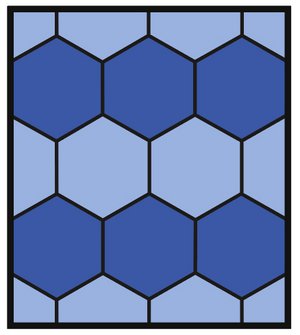
Tissues are active soft materials that are assemblies of large numbers of individual cells that adhere to each other. The material properties of a tissue results from cell material properties together with the dynamic rules of cell-cell attachments and cell neighbour exchanges. Here, we introduce a continuum theory for tissue dynamics that applies on large scales but that takes into account cellular processes such as cell shape changes or the rate of cell neighbour exchanges. We show that memory effects can give rise to uncon-ventional and novel rheological properties.
M. Popovic, A. Nandi, M. Merkel, R. Etournay, S. Eaton, F. Jülicher and G. Salbreux
New J. Phys. 19, 033006 (2017)
[PDF (1,6 MB)]
Statistics of Infima and Stopping Times of Entropy Production and Applications to Active Molecular Processes
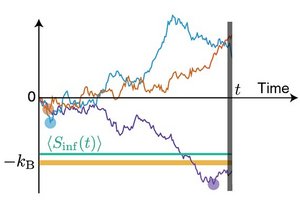
We derive general properties of entropy production fluctuations in nonequilibrium mesoscopic systems. In particular, we show that the minimal values of produced entropy are stochastic variables with a statistic that obeys general bounds. The average infimum of entropy production is bounded from below by - k_B. Our results can be applied to active molecular processes such as the stepping motion of molecular motors.
I. Neri, É. Roldán and F. Jülicher
Phys. Rev X, 7 011019 (2017)
[PDF (1,4 MB)]
Growth and Division of Active Droplets Provides a Model for Protocells
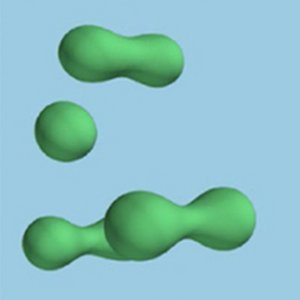
We show that liquid droplets that are driven away from thermodynamic equilibrium by chemical reactions can undergo cycles of growth and division reminiscent of living cells. We propose such active droplets as simple models for prebiotic protocells. Our work shows that protocells could have been able to propagate and divide without having established membranes.
D. Zwicker, R. Seyboldt, C. A. Weber, A. A. Hyman and F. Jülicher
Nature Physics 13, 408 (2017)
[PDF (981 kB)]